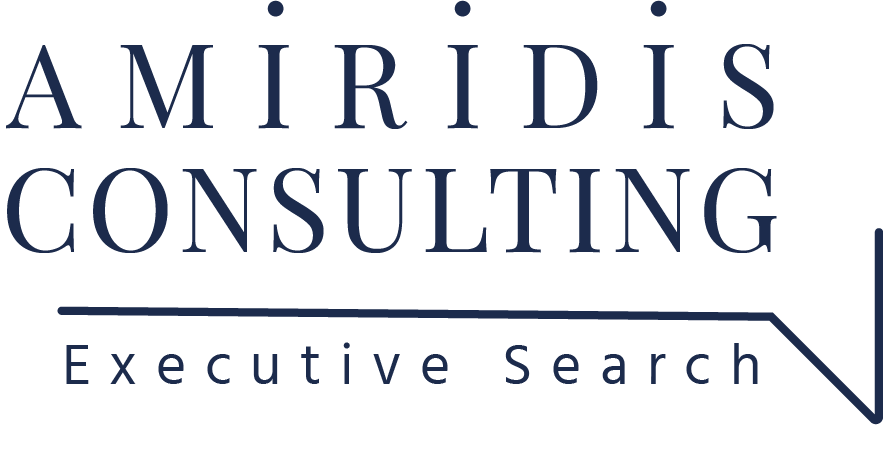What is Design Thinking?
Design thinking is an approach in company processes which combines the advantages of design methods with the fact-based science of theoretical research projects. Thus, design thinking enables an optimisation of design-based processes via scientific expertise and offers companies the best-possible development designs for their customers and users to bring to the market.
What Possibilities does Design Thinking Offer to Companies in Times of Upheaval?
Can It be Innovative and Profitable in the Current Social Upheaval to Apply Something like Design Thinking?
We all are currently living in an extraordinary economic situation. And we are all searching for possibilities and tools to transcend this crisis-laden period and economic shock-induced paralysis via suitable, productive and psychologically-helpful methods. We are searching for the required and resilient measures for ourselves and our working environment in order to make it through this time period well and in good health. In this context, creativity can help us. Imagination, fantasy and the ability to think multi-dimensionally are revealing new perspectives to us – on the one hand, to act economically and, on the other hand, to design our daily world to be more humane and friendlier. Design thinking is thus a creative method which enables us to search for innovation via a research-driven mind-set, visualisation and user-orientation and to create things anew. Integrating such creative processes into the economic scope for manoeuvre can lead companies to sustainably more openness and penetrability and promote the process of configuring strengths. An example for this form of creative method applications is the successful platform Airbnb whose radical customer-orientation has greatly led to the start-up’s success. The user experience is an important module in design thinking for companies which has enormous global penetrative force for both parties. Fashion design thinking takes into consideration the transparency of global supply chains which, for example, demands ethical standards during textile production which guarantee the respecting of human rights and the prevention of child labour. In this context, the ethical me of the customer is a major factor which sets these processes in motion.
Through this design thinking approach, a research-driven mind-set is merged with the three important factors of team, process and space. In this manner, new innovative processes are created which are more closely aligned with the user and the customer and their needs than conventional and only purely scientific-connoted methods. Thus, through its creative potential and the linkages of aspects which initially appear to be “opposing forces” and which are created during the process, design thinking offers global companies the ability to increase their customer loyalty which is becoming more and more important and thus the related sales success. Via prototyping and refinement, the design thinking is oriented more strongly to the user and thus undergoes an iterative process with the essential elements of intensive research and field observation. Through seeing and understanding, prototypes and ideas are developed which build upon other ideas. In this regard, this process uses essentially the methods of the designers in order to develop these ideas for users and customers.
New Times Require New Impetuses
This combination of design and its applications with the expertise of a fact-based scientific nature also represents a new phase in the development of ideas and solution-based strategies at companies in the global world market. In the current Corona period, it will be necessary to push forward with such approaches and to utilise creative thinking in such a manner that, by so doing, innovative and future-oriented innovations will be available to everyone. If the companies want to be with the people, then these days they must – more than ever before – integrate the creativity and the multi-perspective vision in people’s real living environments as well as into their customer solutions and create realistic, practical devices which appeal to all perspectives. In this manner, the future will be able to experienced and implemented sustainably.
